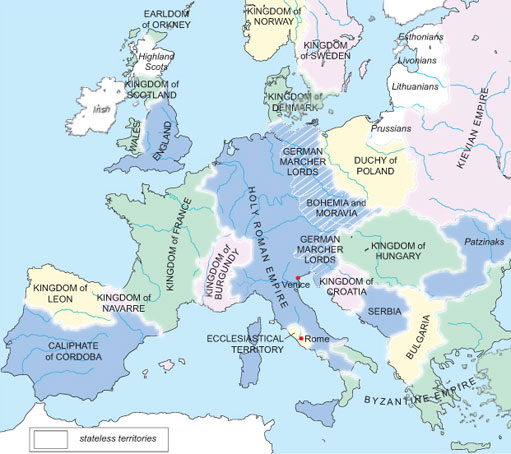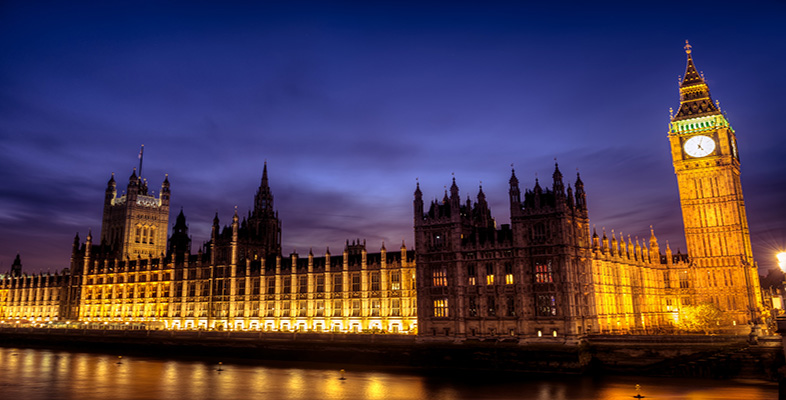5 Repairing the state
We have seen that democracy is one of the foremost mechanisms through which states today claim their legitimacy to rule over a certain territory and its people. We have not yet asked, however, why states constantly seek to legitimise their rule. As political theorist Rodney Barker (2001, p. 2) has put it, what characterises government generally ‘is not the possession of a quality defined as legitimacy, but the claiming, the activity of legitimation’. The contemporary state is in a continuous process of legitimation – a claim that is never fully fulfilled and never uncontested. Again, this is where seeing the state in terms of its constant, everyday practices is important. There is a close overlapping relationship between these practices, political ordering and seeking legitimation.
A number of factors can help to explain this constant search for legitimacy. First, states are human constructions and not pre-given entities. They are artificially created and need to be reinforced in numerous, regular ways. This can be seen by examining historical maps which show how nation states have evolved. The idea of the United Kingdom would have been unintelligible from examining, for example, a map of Europe around 1000 CE (see Figure 5).
This is because the United Kingdom is an artificial political unit that houses competing allegiances and identities. As suggested above, it is possible that few citizens are aware that the official title of the country in which they live is, and has been since 1927, the United Kingdom of Great Britain and Northern Ireland, and few are likely to use this rather unwieldy title in response to the question of where they are from. Wales, Scotland and Ireland all had their own independent parliaments in the fourteenth, seventeenth and eighteenth centuries, respectively, before they were gradually brought under the political control of the parliament in Westminster in a process that was often violently resisted by those territories forced to give up their independent institutions.
Second, this ongoing process of creation and re-creation denotes that states are only ever partially and temporarily successful in promoting social order (and maintaining an institutional order), despite the impression of solidity and permanence that they carefully cultivate. All states succeed and fail to some extent. The artificial and temporary nature of social order means that states constantly seek legitimacy from their citizens through regular elections, for example, or through new innovations such as citizenship ceremonies. As a result, change is a constant factor in the life of states, even in those that appear to be more-or-less stable. The UK is generally seen as an example of a political system in which change has been gradual and evolutionary and it has retained pretty much the same institutional political order over time. But, in fact, even in the UK, the state has tended to be much more fluid and changeable than might appear at first glance. New institutions have been created, and existing ones revised. Malfunctioning institutions are repaired or replaced. The process of devolution in the contemporary UK in 1998, which resulted in a Scottish Parliament, a National Assembly for Wales and an Assembly in Northern Ireland, can be seen as part of this process of state renewal and repair.

Finally, it is curious that, in an important sense, states base their claim to rule on something they can never have. We can see this paradox clearly if we return to Weber’s definition of the state. We have seen how territory is crucial to Weber’s definition, but there is also another key element. Weber argued that there was no point defining states by what they do – they do lots of different things. Better, he said, to define it by its means – to ask ‘how does it do things?’ Weber knew that states did things in various ways, but there was one way, one key characteristic of the state, that was unique: force. Institutions of coercion are crucial, as Weber suggests, and closely related to the defining idea of the state being the authoritative rule maker in the territory and among the people over which it rules. The idea here is that, in the end, it is only the state that can make and enforce laws legitimately; corporations, trade unions, universities and private citizens, for example, do not have that authority. It is important to note that Weber says that the state claims a monopoly of force – he does not say that a state automatically has this monopoly. But here is the paradox: as political theorist John Hoffman (2007, p. 45) argues, ‘The state is an institution which claims something that it cannot possibly have.’ For Hoffman:
A state claims a monopoly of legitimate force, but ironically it is only because ‘competitors’ (that is, criminals, terrorists, etc.) contest the state’s claim to have a monopoly of legitimate force that the state exists at all. A state that really did have a monopoly of legitimate force would have no reason to exist. Think of a state in which everyone acted peacefully and regarded all laws as legitimate. It would be wholly redundant!
We are now going to look at one historical case to help illustrate the range of issues discussed so far. Focusing on Northern Ireland helps to bring alive a series of linked issues – contested claims to legitimacy, disputes about competing modes of political ordering, and the contingent and always unfinished nature of state claims. And by looking more specifically at political murals in Northern Ireland, we can also focus on the important visual and symbolic elements of such issues. As with all the visual evidence you have come across so far in this course, it is important to remember that the murals in Northern Ireland can be interpreted in numerous ways, depending on their intended and unintended audience, and that they are selective in what they represent and what they omit.
